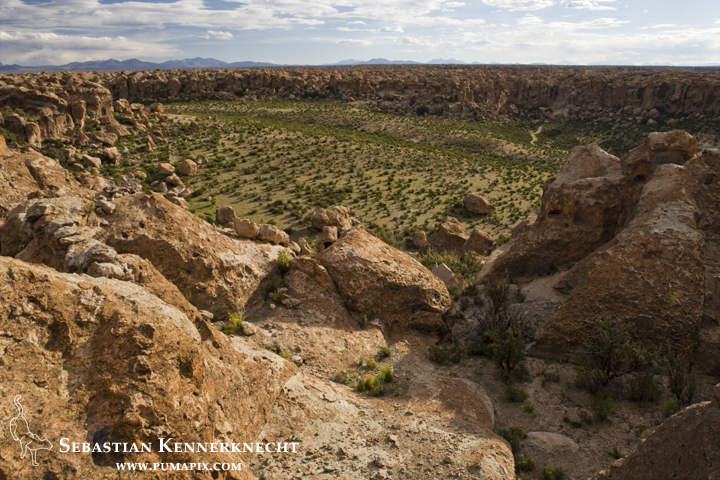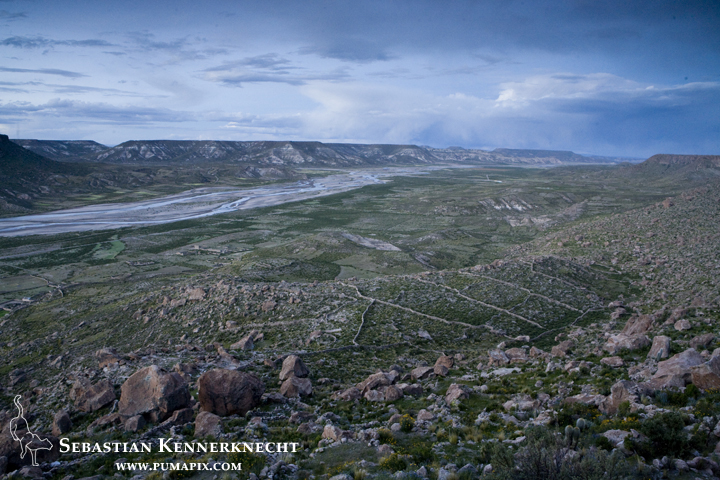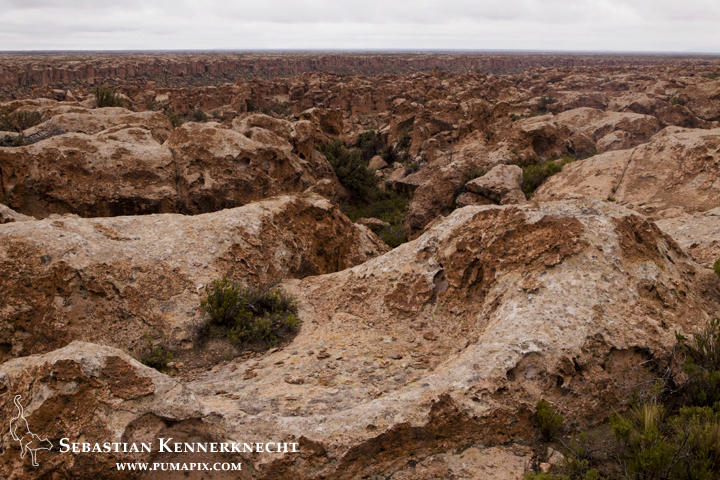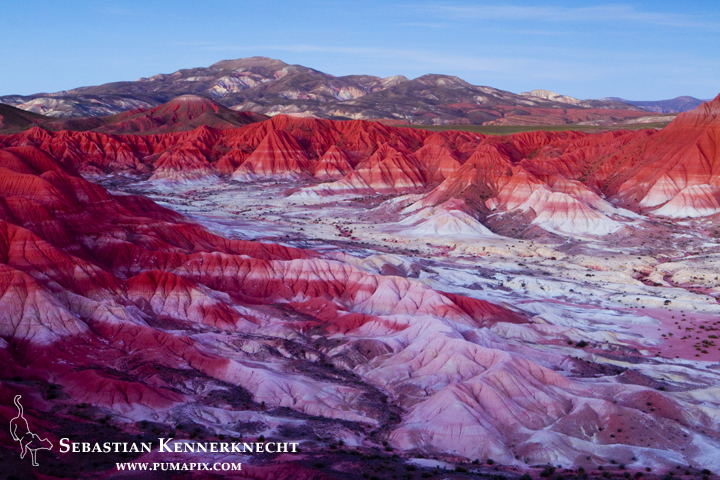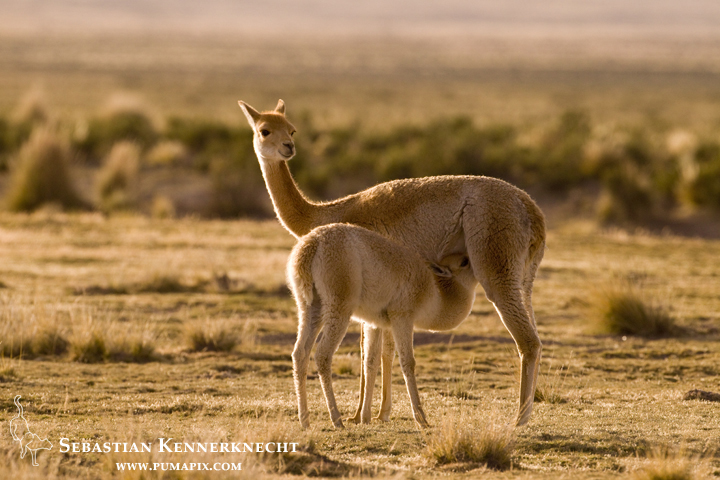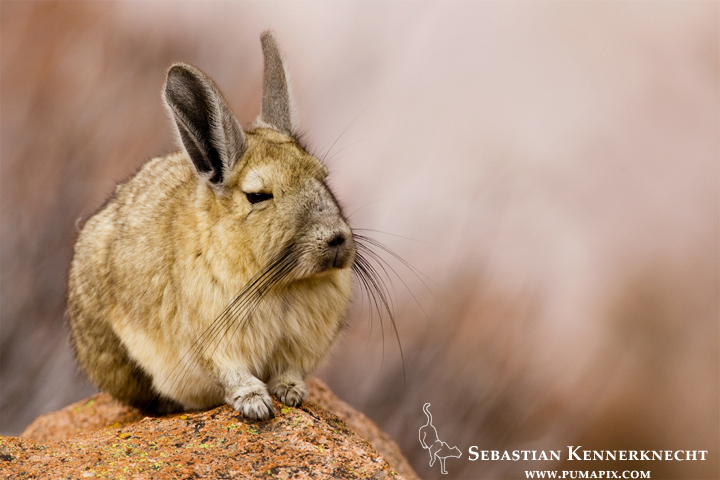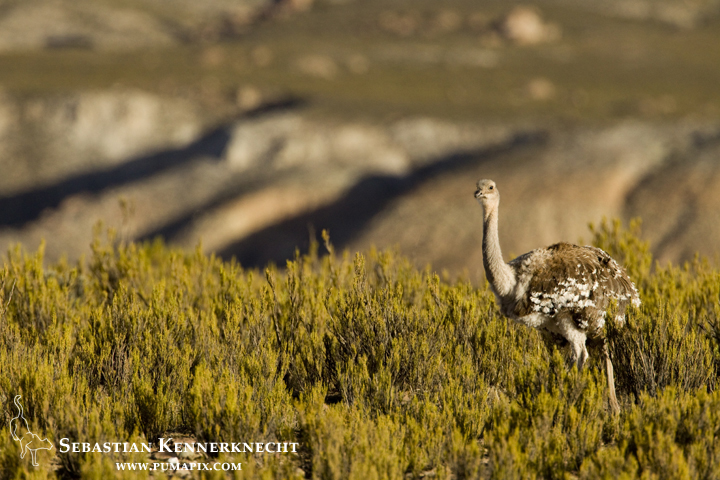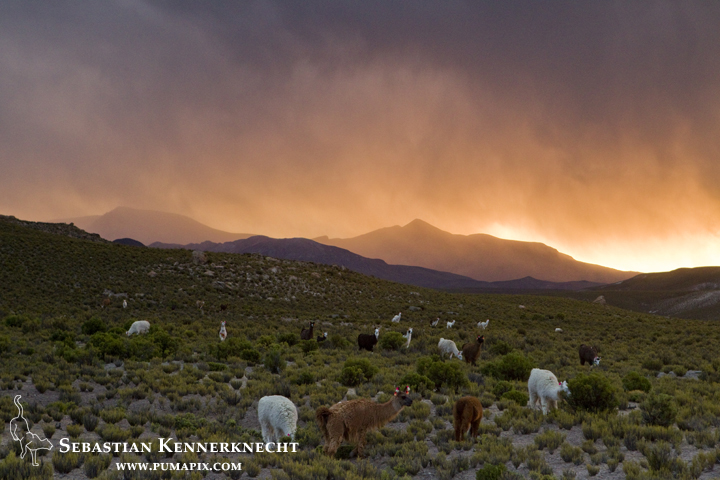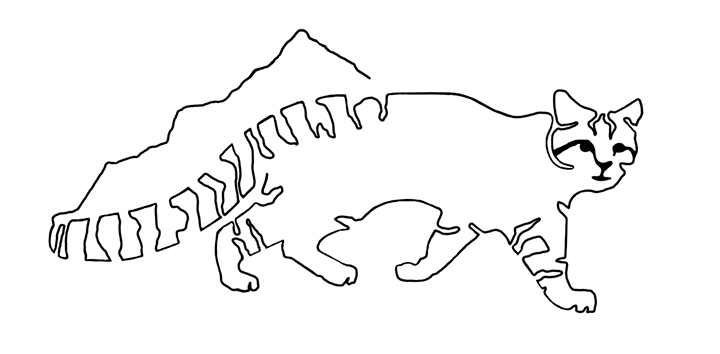I recently returned from the high Andes of Bolivia and Argentina as part of the Cat in Thin Air project, and let me tell you, it was amazing! First of all, one has to get used to the high altitude of course (I saw one fellow passenger experience extreme altitude sickness pretty quickly in Bolivia as she had difficulties breathing and a major headache). Once you get used to the idea that you will be out of breath just by tying your shoes, you can start to focus on all the awesome nature that surrounds you.
So what does the landscape look like at 13,000 feet or even 14,000, (or even at 15,000 feet)? Probably not what you expect when you think of those elevations in the US.
Beautiful for sure, but there are some places, like the Valley of the Moons in northwestern Argentina, that stand out above the crowd.
Once you start to calm down about how amazing all the landscapes around you are, you start to notice the critters that fill those places.
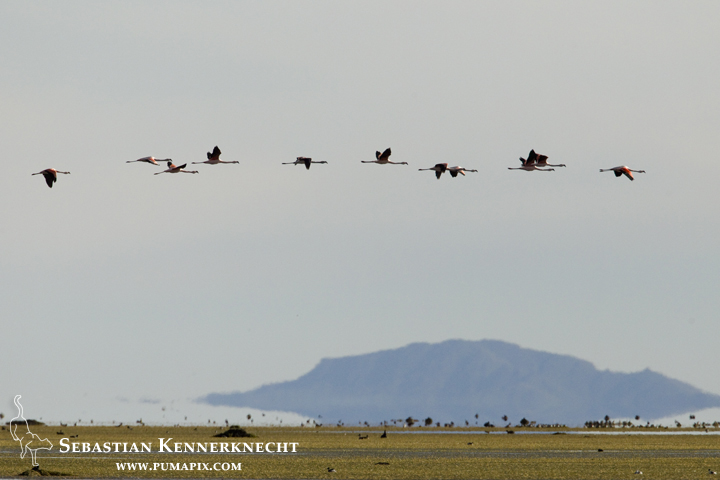
Chilean Flamingo (Phoenicopterus chilensis) flock flying over miraged lagoon, Andes, northwestern Argentina
Even seeing the domesticated Llamas can be awe-inspiring.
I was there of course for the cats, but to hear about those you will have to be a little bit more patient. One thing is for sure, I am already looking forward to returning to the high Andes!
*If you are interested in purchasing any of the pictures displayed in this post, please check out my fine prints page for pricing.*

